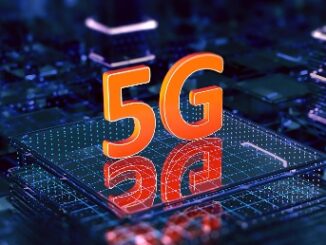
5G Technology Strategies for Improving Interoperability
As the telecommunications industry transitions to 5G, ensuring interoperability between new and legacy systems is crucial for seamless integration and service delivery. Here are some […]

As the telecommunications industry transitions to 5G, ensuring interoperability between new and legacy systems is crucial for seamless integration and service delivery. Here are some […]
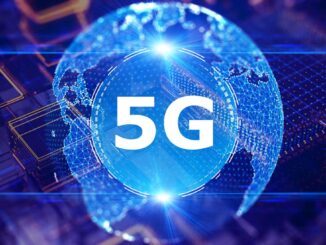
Interoperability with legacy systems is a critical aspect of the transition to the **5G Core (5GC)**, especially for telecommunications operators who have invested heavily in […]
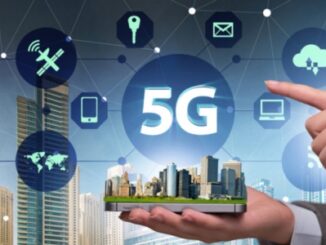
The transition from the Evolved Packet Core (EPC), which was the backbone of 4G networks, to the 5G Core (5GC) represents a significant evolution in […]

5G Access Network Independence offers several significant advantages that enhance the overall functionality and efficiency of mobile networks. Here are some key benefits: With access […]

Access Network Independence is a fundamental concept in the architecture of 5G networks, allowing for a more flexible and efficient integration of various access technologies. […]
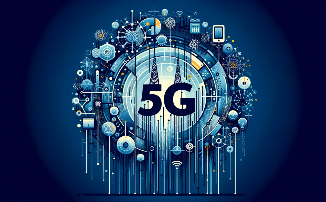
5G Core (5GC) represents a significant evolution in mobile network architecture, designed to support a wide range of services and applications. Here are some key […]
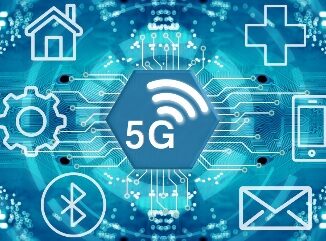
The 5G Core Network is a critical component of the 5th generation wireless network, providing the necessary infrastructure to support a wide range of services […]

The 5G Core (5GC) represents a significant shift in telecommunications architecture, designed to support the high speeds, low latency, and massive connectivity envisioned for the […]

In a 5G network, the Evolved Packet Core (EPC) is essential for managing data and signaling flows. Although EPC was originally designed for 4G LTE, […]
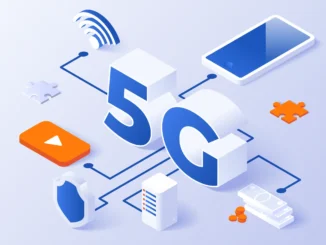
The ‘Road to 5G’ refers to the development and deployment of 5G, the fifth generation of wireless network technology. It involves a series of milestones […]
Copyright © 2025 | WordPress Theme by MH Themes